By Linda Delaney
If almost three weeks in New York City without the blissful accompaniment of my gorgeous husband and utterly delightful children wasn’t amazing enough, New York totally turned it on whilst hosting NY xDesign – the city’s version of Milan’s Salone de Mobile.
The eight days or so of inaugural events around the city’s flagship showrooms, together with the annual International Contemporary Furniture Fair (ICFF) and its related offsite shows such as Wanted Design and Sight Unseen, are a global forum for the launch of new products, by both established and new designers. It is also where the industry turns to identify interior trends for the coming year, influencing product design, colours and styling.
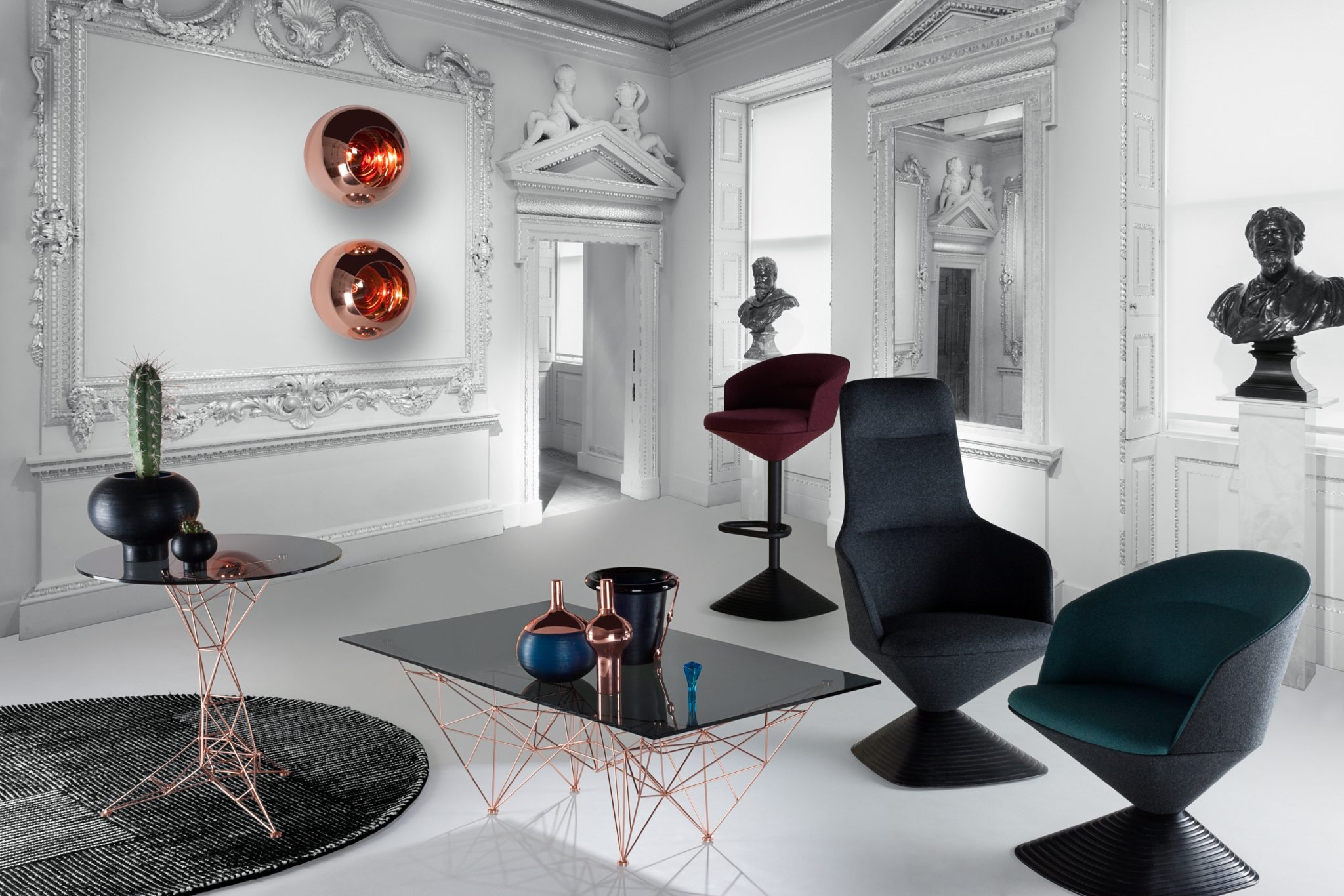
The ICFF alone, sees over 600 exhibitors from all points of the globe (including an Australian contingent) and displays contemporary furniture, seating, carpet and flooring, lighting, outdoor furniture, materials, wall coverings, accessories, textiles, and kitchen and bathrooms for residential and commercial interiors. This year was by far the largest display and number of participants by suppliers, proving the industry is not contracting but rather growing in size and stature.
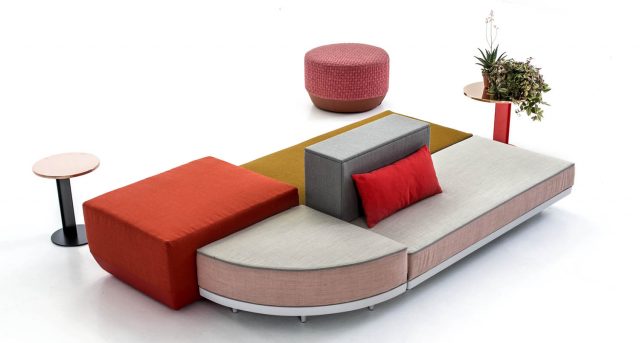
The theme or trend that featured most prominently at this year’s fair was one of inherent irregularities and imperfection of natural materials: cracked, crumpled and crushed textures; geological textural references; flaking surfaces; woven, knitted and tapestry textures; molten, eroded and oxidized effects; hammered, stamped and chiseled techniques. Interesting textural experiences and irregular shapes can be soothing and comforting, and even give a pleasing feeling of nostalgia. It seems, the more complex our lives, the more we crave the simplicities of life.
Themes to emerge were:
- Soft, curved shapes and organic forms in sofas and chairs.
- Motifs were also soft, curved and organic in their shape and structure.
- Perfect proportions and classic lines with lots of movement.
- Splayed legs on all furniture types: tables, sideboards, bedsides etc.
- Extensive use of solid timbers with distinctive grains, some almost in their raw form.
- Materials mostly in timber, metal, bronze, copper, brass (both dull and shiny) and marble. Glass as a primary material in furniture did not feature.
- Outdoor products were mostly in powder-coated steel.
- Textiles were a mix of bold textured colours blended with earthy and natural tones, with felt textures featuring heavily.
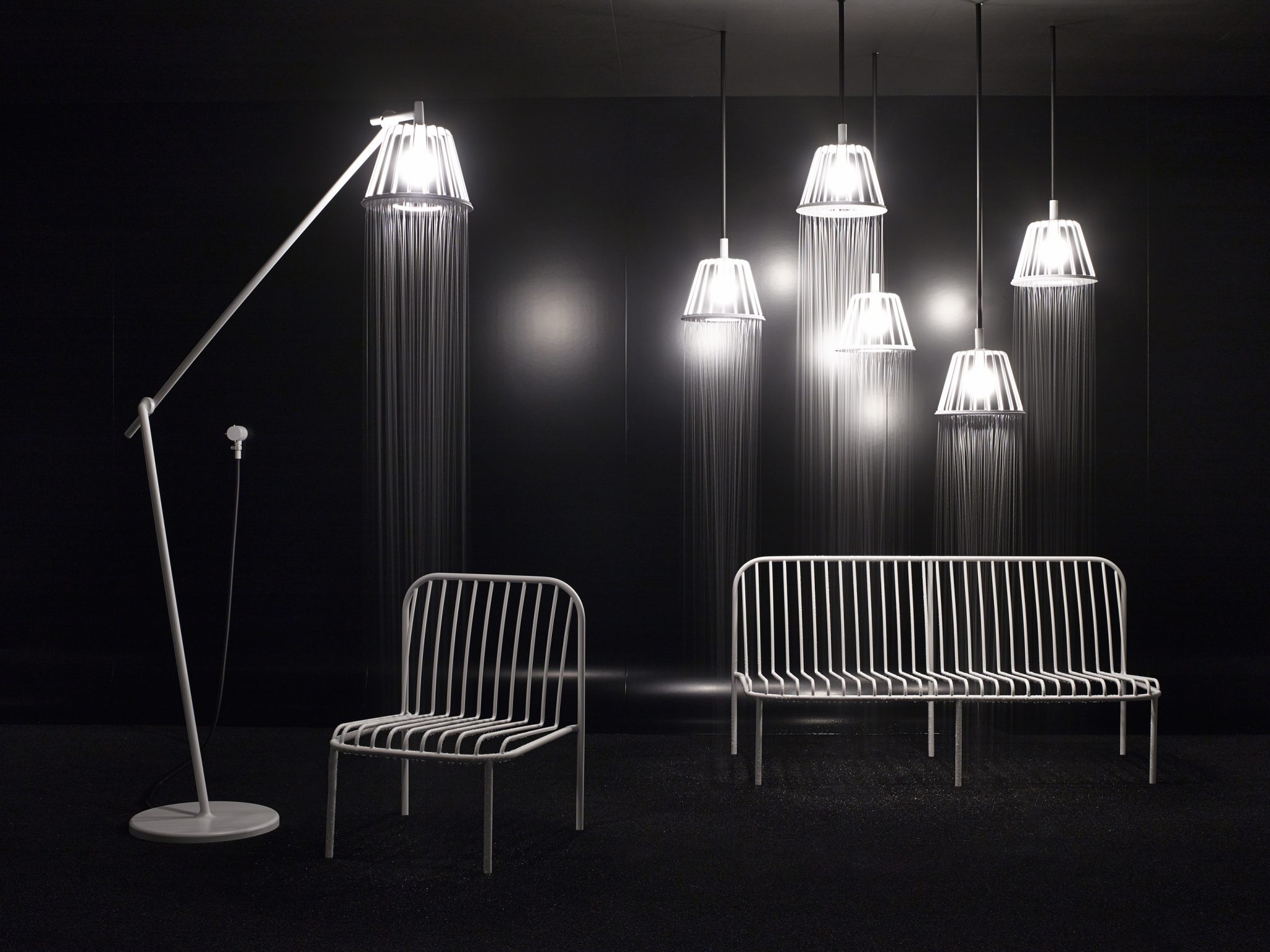
From our fast-paced tech innovation age, emerges a strong need for the built and constructed; something solid we can rely on that provides clarity and control. The antidote to stressful information overload is a new minimalism, one that creates order. It’s a paring back of things, rather than the stripping back that characterised Minimalism in the 90s. Impersonal interactions also mean we yearn for tactile and sensory experiences. This year’s furniture fair saw product designers address many of these challenges.
-Linda Delaney is founder and principal at interior design and decorating company, North Shore Interiors (Sydney). Linda describes her freshly inspired outlook as one of customising the multiple elements of the designer’s palette to transform spaces that directly engage her clients on both a physical and emotional level.
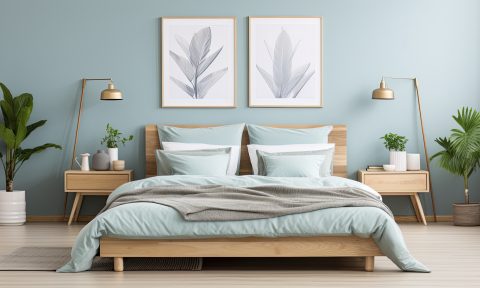

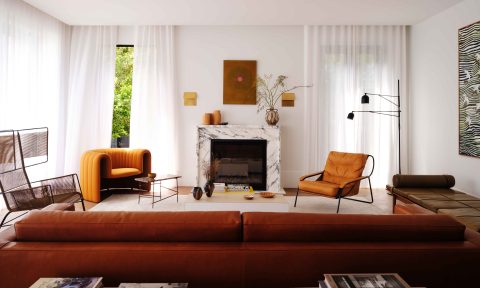
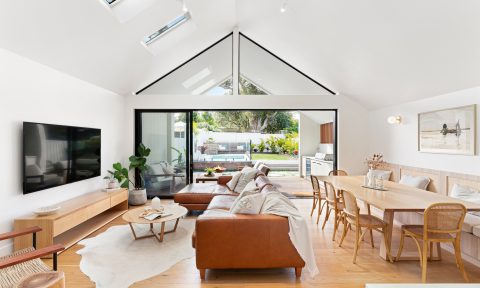
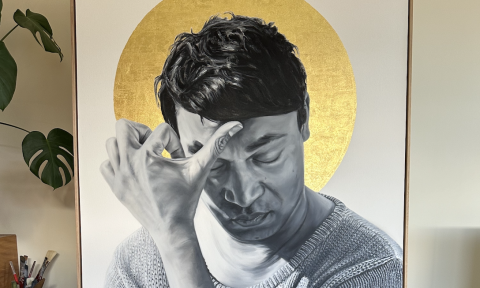
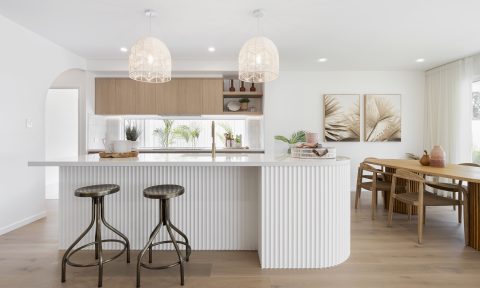
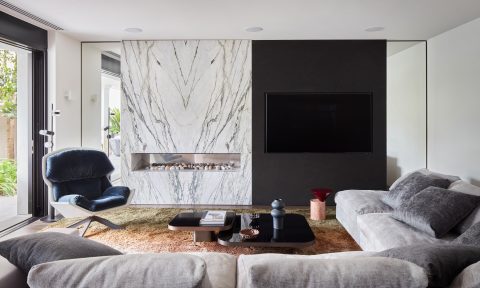
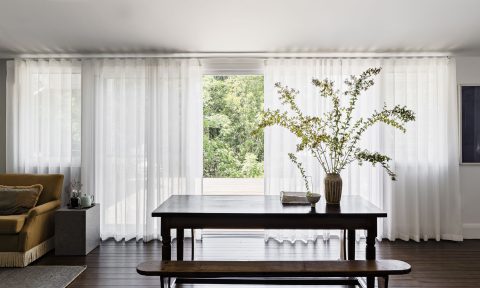
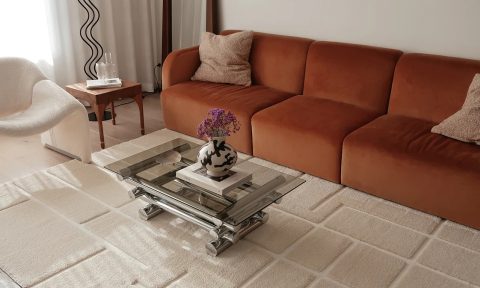
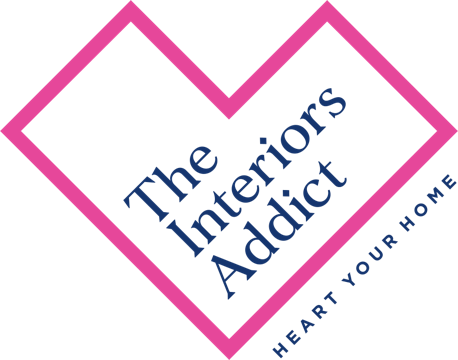
Comments
Great Article! Love the Tom Dixon PIVOT Collection.
Fantastic! Loving the new copper and brass, looks like a great reason to visit New York again! Well done Linda Delaney!